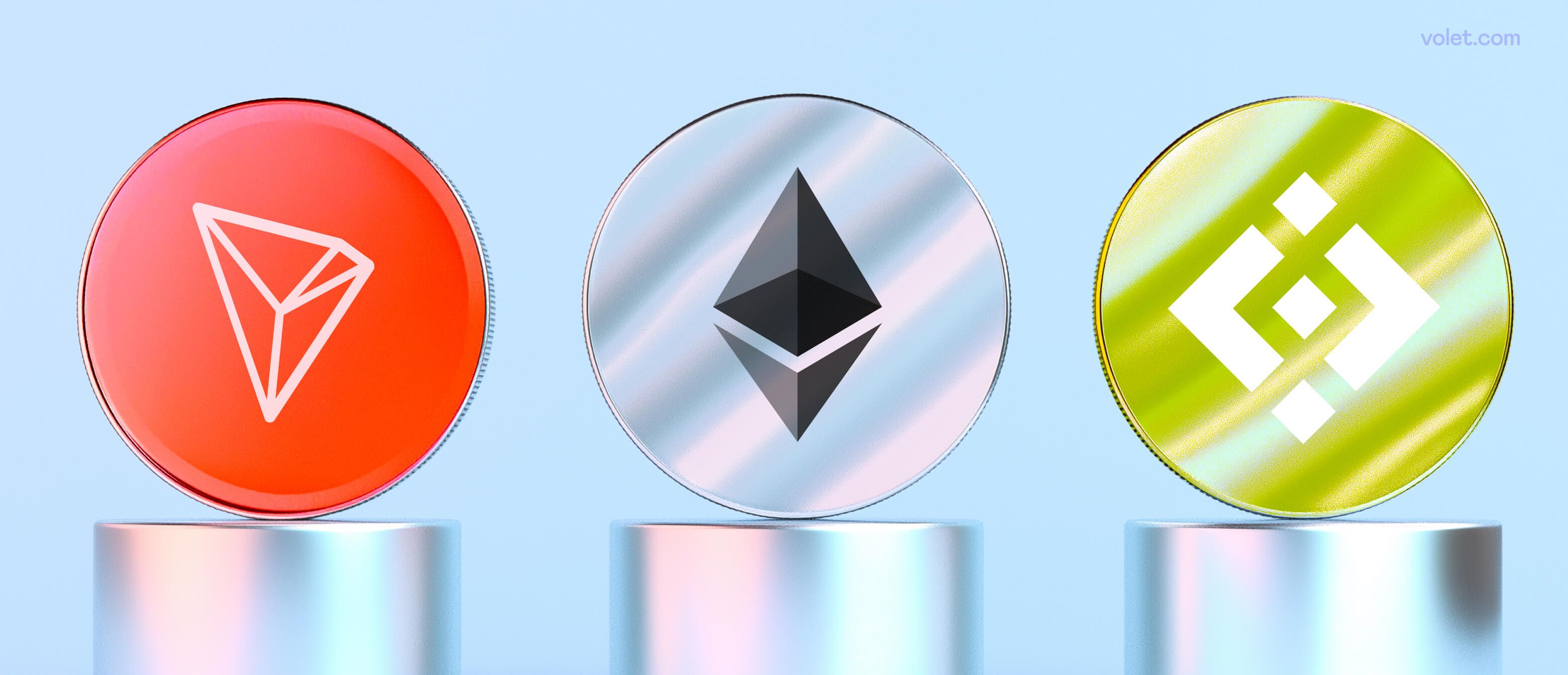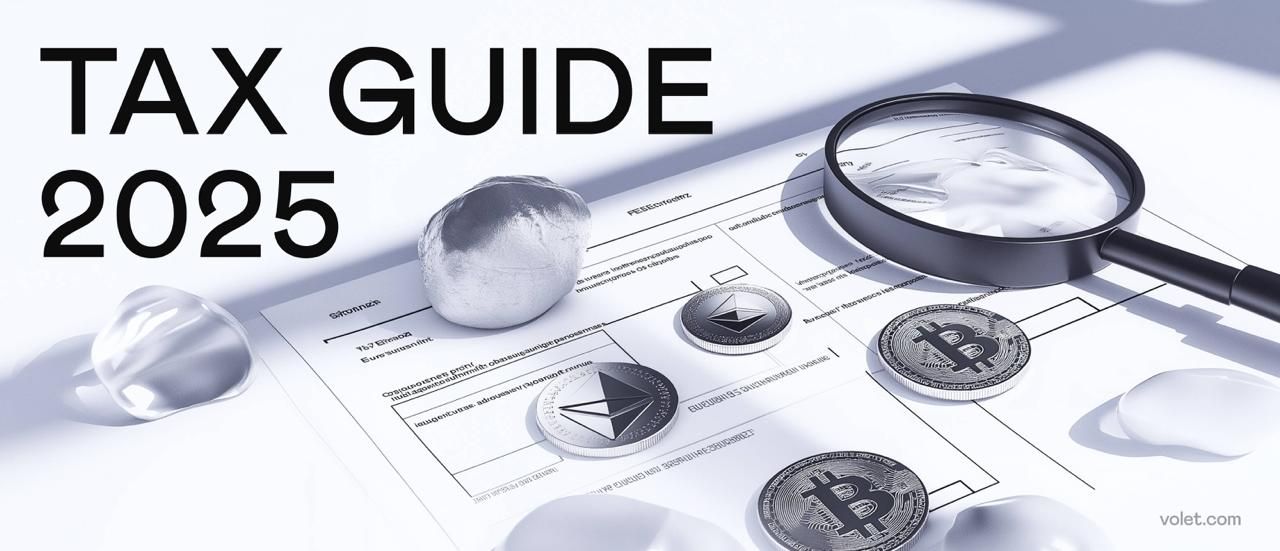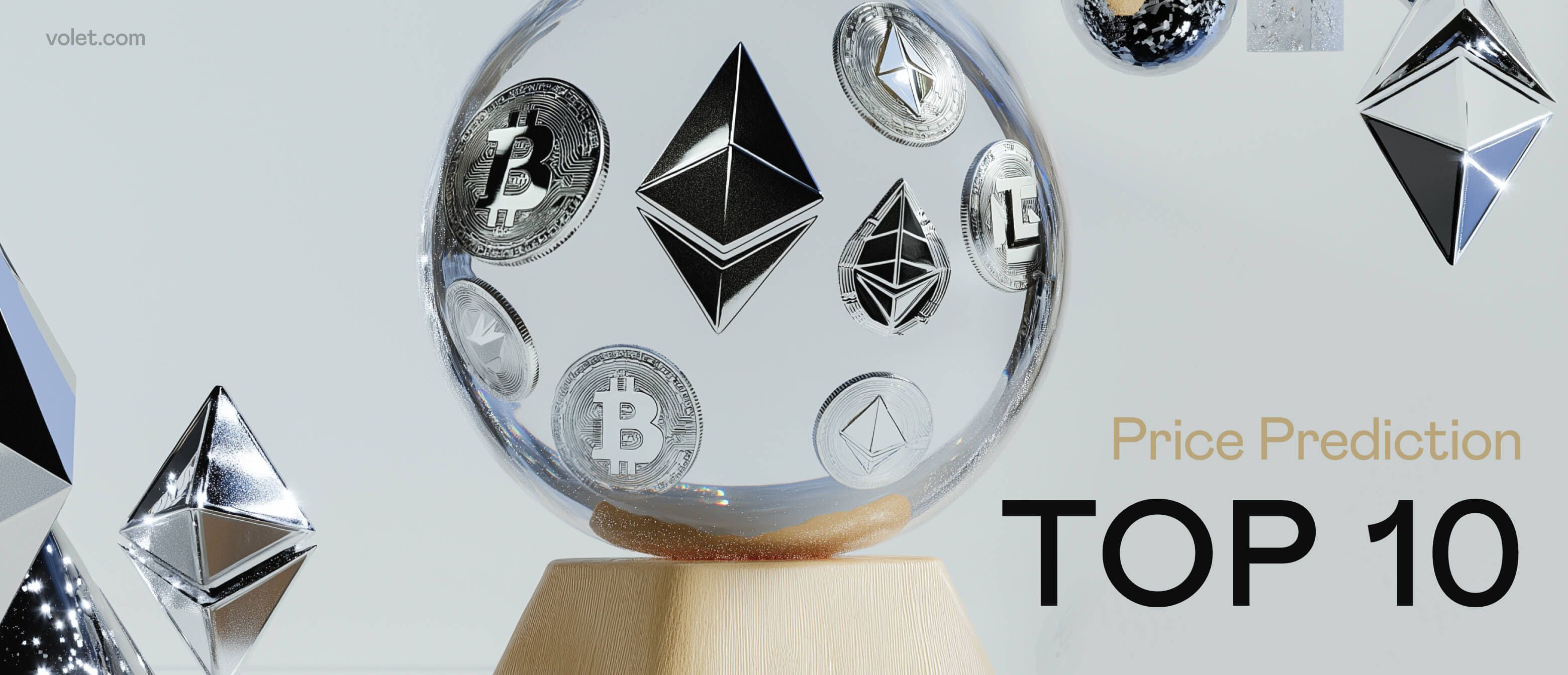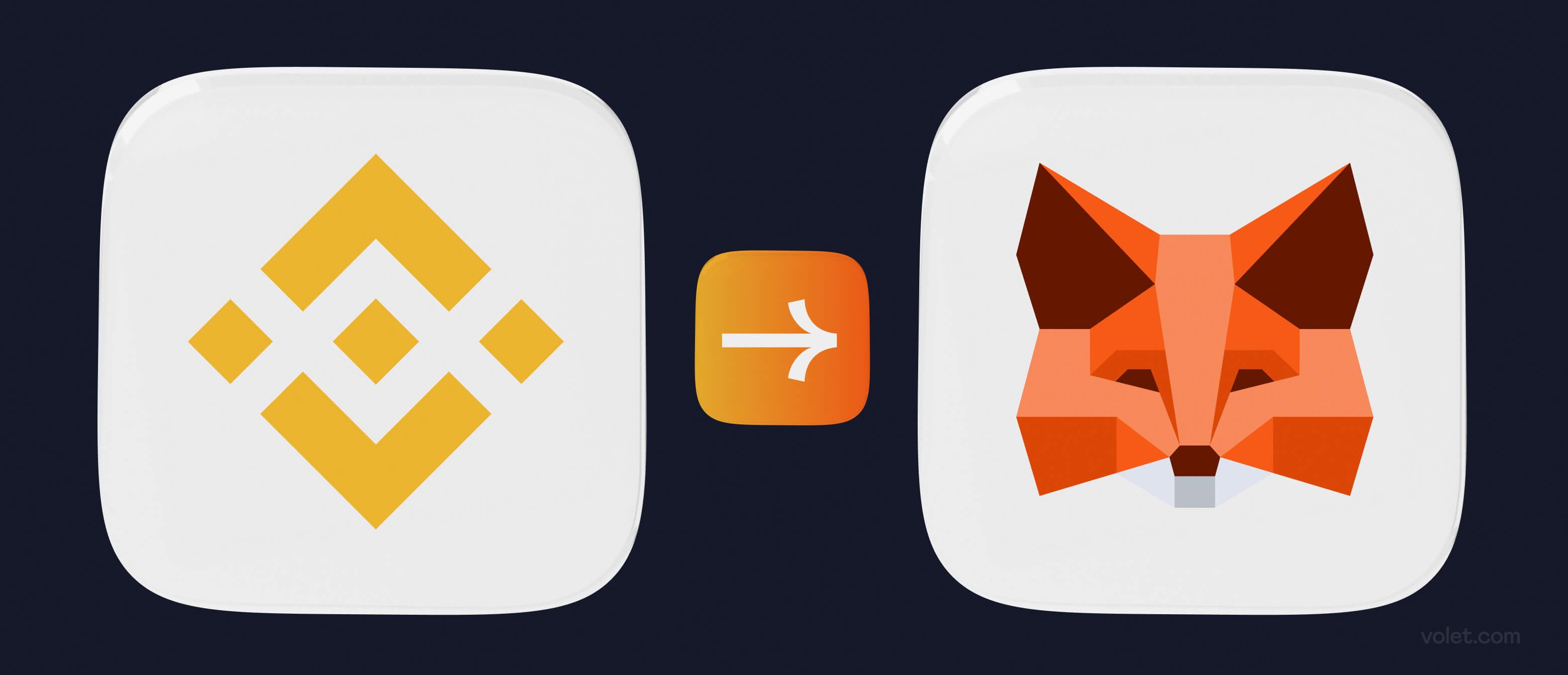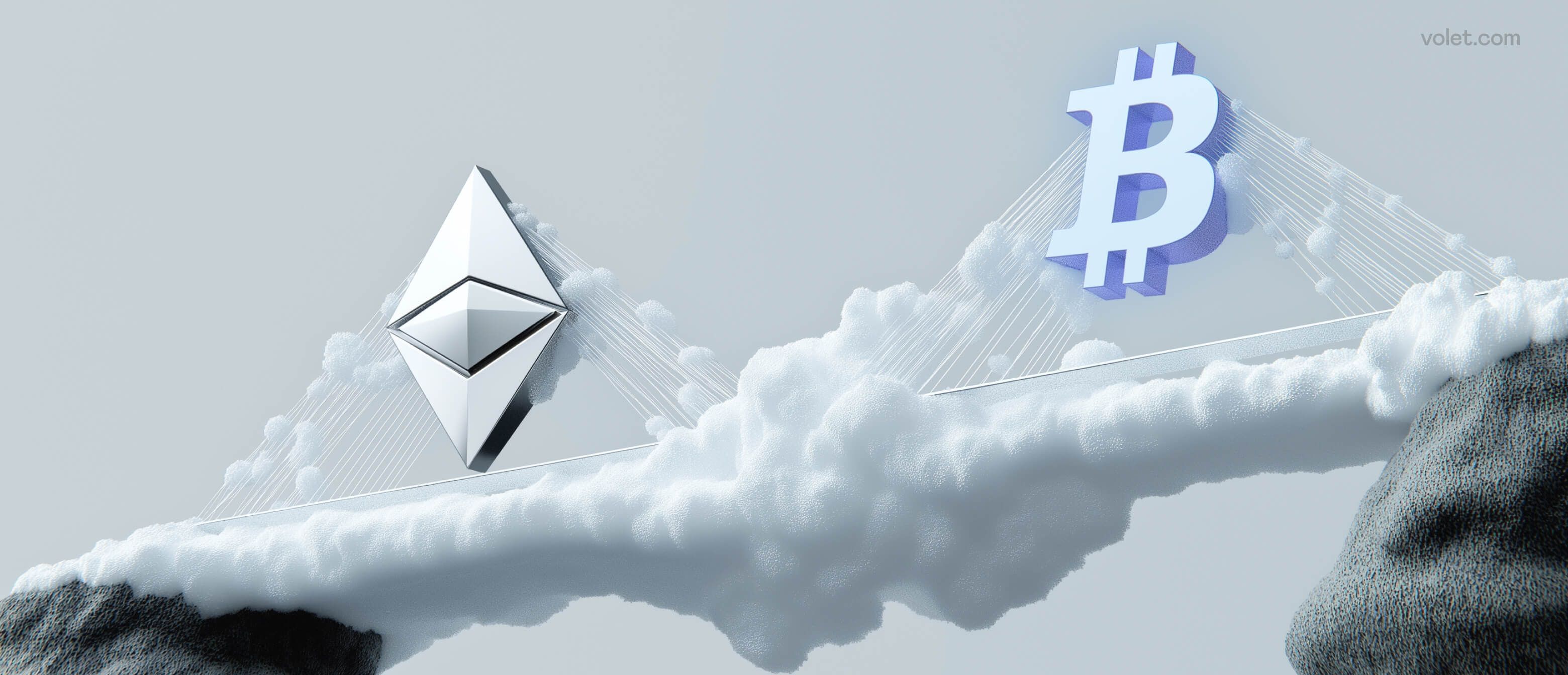 8 min
8 min 847
847Gig to Global: Why Freelancers Are Embracing Stablecoins
Find out how stablecoins make cross-border payments easier for everyone

TL;DR
More and more people worldwide are exploring stablecoins as a faster, cheaper alternative to PayPal, banks and other legacy payments. USDT, USDC and other stablecoins are gaining traction for cross-border remittances while both stablecoin spending and cash out options continue to expand.
Freelancer payment woes
Finding the best way to pay or get paid can prove to be not easy at all. Say, you’re a tutor helping students worldwide prepare for top tier MBA programs. They are all over the globe, so how do you collect payments from all of them and avoid fees, delays and going crazy? Cross-border transfers can do that to you.
PayPal is not available in every single country. Card-to-card doesn’t always work. And bank transfers? Banks love stacking fees on both ends — flat fees, percentages, weird exchange markups… it adds up fast and eats into your earnings in a big way.
Freelance platforms don’t always make things easier. From what users say, Payoneer, for example, charges three separate maintenance fees:
- $29.95/year for account maintenance,
- another $29.95 for card maintenance, and
- an additional $29.95 if your account goes inactive.
That means just to keep a Payoneer card, you’d need to earn at least $100 upfront — and that’s before factoring in transaction fees, which vary depending on the payment method and the recipient’s country
According to Upwork‘s website, the freelance platform is not exactly free to use — freelancers pay up to 15% on all earnings, whether from hourly work, fixed-price contracts, or Project Catalog jobs.
So what do you do? Going back to the tutor from the beginning, he is one of the many people turning to something called stablecoins, an emerging way to send and receive fast international payments without intermediaries. His students send him payments in USDT, a stablecoin originating from the cryptocurrency world, and then he turns said stablecoins into cold hard cash quite easily.
How do you cash out stablecoins?
Let’s say you’re sold on the idea and got a payment in the USDT stablecoin. Now what? Now we need a way to turn that crypto into actual money you can spend. Luckily, cashing out stablecoins in 2025 is way easier than it used to be — and there are multiple legit methods, depending on what you need.
1. Withdraw to your bank or card via a platform like Volet.com
For most people, this is the go-to method. You just log in to Volet.com (or another platform of your choice), convert the stablecoins into, say, euros, and withdraw the money straight to your card or bank account.
Сard withdrawals usually arrive almost immediately while bank transfers may take longer, same day to one to two business days in most cases. Fees are fairly low too, typically ranging from 0.5% + $1 to 3.5%+$3 depending on the amount and currency. For convenience, you can get a prepaid card from your preferred platform and avoid the extra steps. For freelancers, digital nomads and small business owners, these are some of the simplest ways to turn crypto income into real-world cash they can spend anywhere.
2. Use a crypto exchange
If you have an account with Binance, Kraken, Bybit, Coinbase or a centralized exchange like that (CEX for short), you can deposit, trade and cash out USDT or USDC on it. You basically end up with the same methods like bank transfers, linked debit cards (where available) or third party providers. Some exchanges also offer P2P trading that allow for local withdrawal options.
3. Peer-to-peer (P2P) exchange
Platforms like Binance P2P, Paxful or Telegram groups let you connect directly with buyers who want your stablecoins. You agree on an exchange deal, and they pay you via bank transfer, mobile money or even cash in person.
4. Crypto ATMs
Crypto ATMs exist — especially in big cities — and they let you turn stablecoins into cash on the spot. You just scan a QR code to send your USDT or USDC, and the machine dispenses cash. The potential downside? Fees can be high, usually around 5–10%, and limits may not be the best.
Which stablecoin? Which network?
Alright, let’s say you’ve got your shiny new wallet and you’re ready to receive your first crypto payment or maybe send one. Now you’re staring at options like USDT on TRON, USDT on BSC, USDC on Ethereum, USDC on Arbitrum etc and wondering what it all means.
Here’s the deal.
Most people today use either USDT or USDC. But they both come in different “flavors” depending on what blockchain they’re running on. Stablecoins do not exist on their own, rather, they ‘live‘ on existing cryptocurrency blockchains (or networks).
- USDT is mostly sent via TRON (TRC-20) or Binance Smart Chain (BEP-20)
- USDC is usually transmitted on Ethereum or Arbitrum
Each transfer happens within a single network. That means if someone says “send me USDT on TRON”, you should not send them USDT on Ethereum, Solana or any other network. Always double check the network before you send anything. Always.
Here’s roughly how it is:
- USDT - way more common in Asia, Latin America, and Eastern Europe
- USDC - more typical in Western Europe and the U.S.
These things are important to know because payment fees differ from network to network, depending on its congestion and other factors. It makes sense to go with the cheapest network you can in any given case. A USDT transfer on TRON might cost $6–7 these days, which isn’t bad if you are a business sending a larger amount. But for personal payments? I’d go with BSC (the Binance blockchain) where the fee may be as low as a few cents.
Same logic for USDC: Ethereum is the “default,” but Arbitrum is way cheaper and works just as well.
And hey, if you picked the wrong network? You’re not stuck. You can always bridge your coins between blockchains. That usually costs around a dollar and takes a few minutes. We will address this later in more detail.
All that said, there are a bunch of new stablecoins popping up lately. Some even offer yield — like USDS, which gives you around 4% just for holding. Think of those as savings accounts in crypto form. But if you're just starting out? Stick with USDT and USDC. They’re the most liquid, most widely accepted, and honestly the easiest to get support for.
How to store your stablecoins
For everyday use, you can stick with wallets commonly known as custodial, like those on exchanges or in apps like Volet.com. These work like a bank — someone else holds the private keys to the crypto. You can buy, sell, and send right from the app. The only downside is slightly higher withdrawal fees compared to self custody, but it’s not a big deal in most cases.
If you’re more of a crypto purist — or just don’t trust custodians (because, let’s face it, exchanges still go bankrupt), you’ll want a non-custodial wallet. Your choice will depend on the network:
- For USDC on Ethereum: MetaMask, Rabby
- For USDT on TRON: TronLink
- For multi-chain: Trust Wallet
Non-custodial wallets might be less beginner-friendly, but your funds are truly yours. And if you’re dealing with large sums or just want extra privacy — go with a hardware wallet.
Are stablecoins safe?
Remember how, up until around 2010 — before Stripe and Venmo came along — PayPal was the go-to for freelancers, eBay sellers and online shoppers? It felt new at first, and people were a little wary of using it. Stablecoins kind of feel like that in 2025.
These days, whether you‘re paying someone or getting paid, it’s becoming more common to use USDT or USDC. Sure, trusted platforms like PayPal and Payoneer are still great when you need escrow or buyer protection or other extra goodies— but when there's trust, stablecoins just make more sense. Especially when alternative cross-border methods are slow and costly.
Technically, stablecoins are designed to be “stable” by being pegged to real-world currencies like the U.S. dollar. That’s why people call them digital dollars. The most popular ones — USDT (Tether) and USDC (Circle) — claim to be backed 1:1 by cash or equivalents. Circle is even regulated in the U.S. and publishes monthly attestations of reserves. Tether… well, has a more colorful history, but it’s still the most used.
Overall, stablecoins are a pretty solid tool. Just recently, the U.S. passed new regulations on stablecoins, and many other countries are following — so the legal risks are decreasing. Plus, more and more people are getting used to them in daily life.
Stablecoins are the new generation of payment tools — digital currencies tied to traditional money (usually the US dollar), designed to be stable in value.
Mainly two:
USDT (Tether) — most widely used, especially in Asia and LATAM
USDC (Circle) — U.S.-regulated, big in Europe and North America
Start with custodial wallets like:
Volet.com
Major crypto exchanges (Binance, Kraken, etc.)
They’re easy to use, look like regular apps, and you don’t have to worry about private keys just yet.
Then go non-custodial:
Wallets like MetaMask, Phantom, or Tonkeeper
You hold the keys = you control the funds
No one can freeze your account or move your crypto but you
Just don’t forget your seed phrase.
Use a hardware wallet like:
Ledger Nano X
Trezor
Think of it as a USB vault for your digital money. Totally offline, hacker-resistant, ideal for savings and long-term storage.















